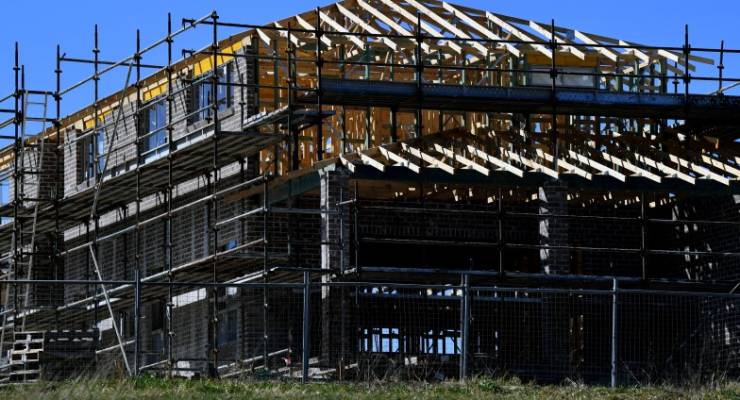
Like the Commonwealth budget, the NSW 2022-23 budget reveals a big boost in government revenue. And like the Commonwealth budget, part of that is going to election-year spending intended to address cost-of-living issues. But unlike the Commonwealth budget, it also addresses fundamental fiscal challenges and starts some much-needed reform.
NSW Treasurer Matt Kean’s budget benefits from a mammoth $25.7 billion upgrade in forecast revenue over the forward estimates — for which changing GST allocation provides $11 billion and mining royalties $4 billion.
Surging revenue has also brought the 2021-22 budget result in well ahead of expectations, but the northern NSW floods alone pushed spending in the budget year up by more than $3.5 billion, combining with increased cost-of-living measures to blow out next year’s deficit to $11 billion.
NSW still returns to surplus in 2024-25, so the overall fiscal result will deliver a lower long-term net debt, now expected to stabilise at about 14% of GSP in 2026.
While the political imperatives of a looming election drive spending — like the new $150 back-to-school bonus for every school child, half a billion in relief to address the increasingly toxic issue of tolls, and the proposed large expansion of the health workforce — the NSW government’s signature focus on renewable energy also attracts additional spending with a $2.6 billion transmission facility, designed to fast-track billions of private investment in power transmission infrastructure, with a net budget cost of $1.2 billion over a decade.
The start of the transfer from stamp duty to land tax — which will cost $730 million and be confined only to first-home buyers buying properties up to $1.5 million — is part of a more substantial housing package: $780 million for a shared equity trial (remember Scott Morrison warning under Labor the government would own your home?) involving single parents, older singles and first-home buyers in frontline public sector jobs.
There will also be $300 million to speed up providing housing infrastructure in regional areas, a further $300 million to fix up public housing without funding it through public housing sales, more than $300 million to provide additional housing in regional and remote communities and for Indigenous people. There’s also an extra $180 million for Indigenous communities and Indigenous youth, as well as $100 million to expand and support Aboriginal child and family centres.
(The section on Indigenous women in the women’s opportunities statement contains some fairly blunt language for a budget document from any government:
First Nations women are impacted by many disadvantages due to the ongoing impacts of colonisation. First Nations women continue to experience intergenerational trauma, lack of intergenerational wealth, lower home ownership rates and opportunities, workplace discrimination, and racism. First Nations women are also more likely to be carers and to provide care to multiple people, meaning the challenges experienced by carers are amplified for many First Nations women.
The budget also increases taxes on gambling and doubles the surcharge on foreign investors buying land. The big driver of additional revenue, GST payments, reflects increased spending and, crucially, higher inflation growing the total GST pool. Inflation in Sydney is expected to peak at 5.5% in the next 12 months, but unemployment is expected to fall to 3.5% in 2023-24 off the back of an economy forecast to grow by more than 4% next year.
Interestingly, the budget revises downwards its population growth forecasts from the 2021-22 half-year review, with growth in migration “expected to remain below pre-pandemic levels” — population growth will be down to 0.6% next year, then 1% and slightly above in the following years.
The biggest domestic risk to the budget beyond labour shortages is a much more aggressive tightening of monetary policy, which the budget suggests would add 0.4% to the unemployment rate and slice $2.7 billion off revenue.
But at the moment, surging revenue puts NSW in the position of being able to spend on reform and cost of living while not blowing out its fiscal position.








I have seen a lot of budgets where the government spends expected revenues before they get them. People seem to think that budgets are actual expenditure when they are not.
Have alook at the budget foe sydney’s light rail and the MElbourne projects for roads, if they can get within a bilion of budget that is if the actual is about triple they are doing well.